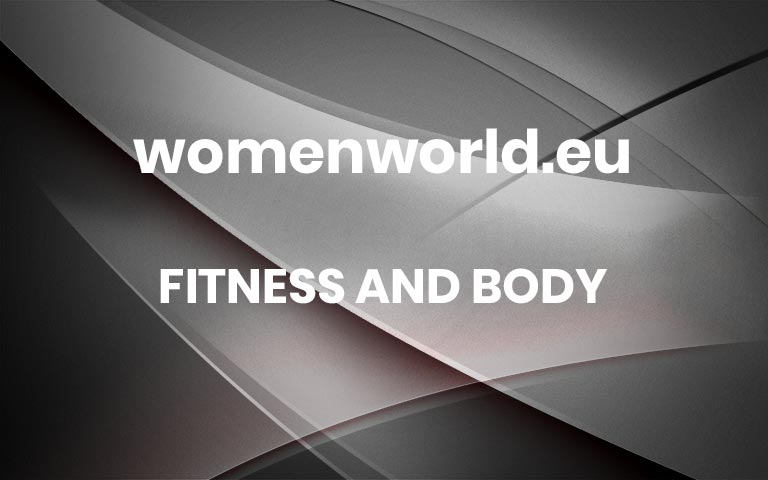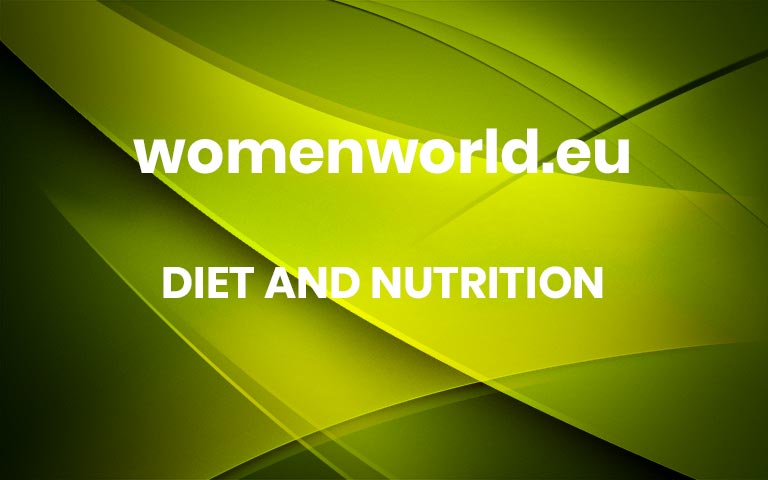Running has soooo many benefits. Just to name a few, it’s good for your heart health, strengthens your bones and reduces stress. It’s also known to burn quite a few calories, making it a solid workout choice if you’re looking to lose weight.
Plus, running works your muscles and has positive effects on the metabolism, says Leigh Daigle. That said, it’s always wise to loop in your doctor or healthcare pro any time you’re considering picking up a new fitness routine, especially if you have specific medical concerns.
Before you lace up and attempt to run for kilometres, there are a few things you need to know about running for weight loss, including how to get started and nutrition tips to support your journey. Ahead, experts break it down.
Meet the experts: Leigh Daigle, MD, is a board-certified obesity medicine physician at Methodist Le Bonheur Healthcare. Dani Rancourt, RD is a certified sports dietician and founder of Pivot Nutrition Coaching. Sarah Pelc Graca, CPT, is a certified personal trainer and founder of Strong with Sarah Weight Loss Coaching.
Is Running Good For Weight Loss?
We repeat: Running can be a great way to lose weight, but it’s not a magic solution, says Dr. Daigle. On its own, running won’t necessarily induce weight loss, but it can lead to significant weight loss when *combined* with a healthy diet and regular strength training routine, she says.
After all, at its core, successful weight loss requires a calorie deficit (consuming fewer calories than your body requires to stay at its current weight), says dietician Dani Rancourt. “A calorie deficit can be created one of three ways: reducing calorie intake, increasing calorie expenditure via exercise, or a combination of both, and research shows that the combination of exercise and dietary interventions produces more weight loss than dieting alone,” she says.
“Running can certainly be beneficial in helping someone lose weight, however, it’s important to note that you can’t out-run a poor diet.”
With that in mind, running can definitely support your weight loss goals since it burns around 60 calories per km, says Rancourt. It’s also a full-body workout that engages your legs, glutes and core which helps increase muscle mass and boost your metabolism, in turn, supporting your weight loss goals, adds Dr. Daigle.
Now may be wondering, “Does running burn belly fat?” Well, it depends. Running can certainly help burn belly fat (also known as visceral fat), however, it’s not possible to target a certain area to lose weight, says Rancourt. If you want to burn belly fat, it’s a multifaceted approach that requires a balanced diet full of fruits, veggies and fibre, resistance training, limited alcohol and stress management, *in addition* to a running routine, she says.
How Much Running Should I Do In A Day To Lose Weight?
Generally speaking, the American College of Sports Medicine (ACSM) recommends that adults get at least 150 to 300 minutes of moderate-intensity aerobic activity (like brisk walking, bike riding, ballroom dancing, or even general yard work and home repair) or 75 to 150 minutes of vigorous-intensity aerobic activity (like running, tennis, or heavy yard work) per week. Adults should also incorporate muscle-strengthening activities into their routines, like lifting weights and working with resistance bands, per ACSM.
The Distance And Duration
When it comes to distance and duration, you must take into consideration your baseline fitness level, says Rancourt. Beginners should start running or walking short distances—between 800m to 1.5km—and gradually increase over time, says Dr. Daigle. If you’re an intermediate runner with some movement experience already, aim for 2.5 to five kilometres per session, she says. Finally, if you’re more advanced, aim for five to ten kilometres per workout.
In addition to steady-state running, high-intensity interval running, which involves short bursts of intense running (like sprints) followed by periods of rest, is also worth your time, Dr. Daigle says. Not only will it spike your heart rate, but HIIT intervals burn lots of calories even after you’ve finished working out.
All that said, you don’t have to exclusively run, because any form of cardio or movement will burn calories and help you lose weight, says Sarah Pelc Graca. If you’re new to running or exercise in general, start small and aim for one or two 15- to 30-minute cardio workouts per week, whether that’s walking, biking, or using the elliptical, she says. Once you build endurance, you can work your way up to a jog or run. “It can be easy to want to ‘jump the gun’ and commit to doing four or five days of cardio workouts right from the start because you feel motivated on your weight loss journey, but I recommend starting out small so that you can consistently execute your workouts safely,” she says.
Other Exercises To Try
And if you don’t catch the running bug, don’t force it! “If it’s not enjoyable, it’s not sustainable and if you hate running, you’re likely not going to stick with it long-term, which is going to make it extremely difficult to maintain weight loss,” says Rancourt. Running is not the only way to lose weight and walking, swimming, or biking are other great aerobic workouts to up your heart rate and support weight loss.
The Big Book Of Walking Workouts eBook
Inside this guide you’ll find easy-to-do workouts that will reshape your body, boost your energy and help you surpass your weight-loss and fitness targets.
Nutrition Tips For Running
Nutrition is crucial when it comes to successful weight loss—whether you’re running or not. However, all vigorous exercise, including running, can increase hunger due to the higher caloric burn and potential hormonal and metabolic changes (running increases muscle mass which increases metabolism), says Dr. Daigle.
As a result, the goal is to create blood sugar-balancing meals and snacks containing protein, fibre and healthy fats to increase energy levels and reduce hunger—which ultimately makes fat loss more manageable, says Rancourt.
READ MORE: 10 Healthy Snacks That Won’t Give You A Sugar Crash In 20 Minutes
To break it down a bit more, protein is the key macronutrient when it comes to fat loss because it regulates blood sugars, keeps you fuller for longer and helps maintain muscle mass while in a calorie deficit, says Rancourt. So, try to incorporate high-protein foods like fish, chicken, beef, tofu, Greek yoghurt and eggs at each meal, she says.
A diet rich in healthy fats (like nuts, seeds, avocado and olives) and complex carbohydrates (like whole grains, fruits, veggies) and low in processed foods and sugar will also fuel your workouts while maximising weight loss results, adds Dr Daigle.
What To Eat Pre- And Post-Run
When it comes to eating pre- and post-run, fuelling before a workout generally requires more carbohydrates, as carbs are the preferred fuel source of muscles, says Rancourt. So, if you’re crushing a 6 a.m. run, your best bet is to have 15 to 30 grams of low-fibre carbs (like a banana) 15 to 30 minutes beforehand to provide your body with a dose of fuel, she explains.
After a run, eat a balanced meal full of protein, carbs, fruits and veggies within an hour, Rancourt recommends. If a full meal isn’t doable, consume a post-workout snack ASAP containing protein, carbs and fluids (like a fruit smoothie made with Greek yoghurt or protein powder), she adds.
Last but not least, if you’re focusing on low-carb foods right now, prioritise eating carbs around your workouts to help you fuel and recover from your training, says Rancourt.
Running For Weight Loss Pro Tips
First things first: If you have any medical concerns, talk to your doctor before you begin walking or running, especially if you have joint or muscle issues, Pelc Graca says. If that’s the case, your doctor may recommend a brace to wear while exercising or a set of specific stretches to supplement your walks or runs, she adds.
Running shoes are also key for your health to help you run or walk with proper form and reduce the risk of injury, says Pelc Graca. “I recommend visiting a running store to get properly fitted for running shoes, because oftentimes, the store professionals will look at the shape of your feet and perhaps even your running form using a treadmill to recommend the best running shoe for you,” she explains. “Not all running shoes are best for all people.”
READ MORE: 18 New Running Shoes To Help You Run Faster And Farther In 2024
Finally, remember that consistency is key for weight loss. “Aim for consistency in your walks and runs, rather than intensity at the beginning,” says Pelc Graca. “Building a habit of regular exercise will contribute to long-term success.”
This article written by Andi Breitowich was originally published on womenshealthmag.com. More



